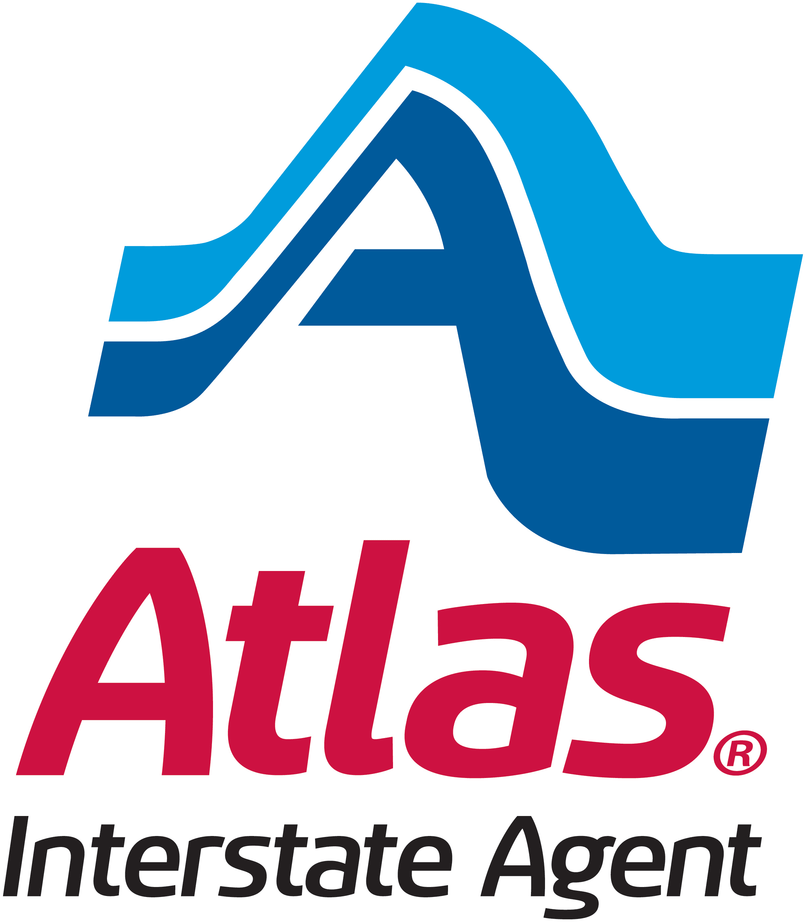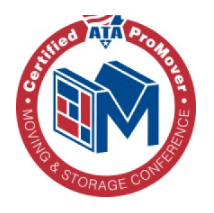Checklist for Moving out of State

Changing States: The Only Moving Checklist You Will Ever Need
While the pandemic may have slowed things down, over 27 million Americans still made a move last year. The number of items on a moving checklist can be overwhelming. From the basics of packing and budgeting to the more in-depth planning such as hiring cross-country movers, the logistics seem never-ending.
It’s no wonder that moving is considered one of life’s top most stressful events.
Having a list of to-do items on hand and being prepared can make an otherwise stressful process much easier. It will help you break down goals into more easily achievable tasks.
In this article, we’ll explore what you can do to stay organized and stress-free before your big move.
Budgeting
The very first item on your moving out of state checklist should be related to your budget. Take a look at whether or not you’ll be hiring professional movers or if you’ll do most of the heavy lifting yourself.
By having a solid budget in mind, you’ll be able to eliminate the stress of having to deal with unforeseen expenses. When it comes to creating your budget and moving cost checklist, the following items should be taken into account:
- Everyday expenses such as groceries and daycare
- Moving supplies
- Moving out cleaning fees
- Potential equipment rental
- Packing company expenses
- Moving company expenses
- Extraneous insurance
- Storage and lodging
- Potential cost of living increases
While it can be difficult to create an exact budget, having an idea of where you stand going into the move can relieve some stress.
Pack It Up
Once you’ve put together a solid budget for your move, you’ll want to get packing. Whether you’re doing the packing yourself or hiring a professional packing service, the sooner you get it done, the better.
Running to the store when you’ve run out of packing tape only adds a detour and takes extra time away from the moving process that you most likely do not have. Be prepared with plenty of supplies prior to packing: boxes, tape, labels, markers, and cushioning for fragile items.
Packing List
The first step in packing advice should be to make an inventory list. Making a comprehensive list will help eliminate having to wonder if everything made it to your new location. You can create a list by room, by frequency of use, by item size, among other classifications. Having pictures to go along with your inventory list can also make it easier to keep track of everything.
Once you’ve got a list of what you’re packing, be sure to pack smart. Meaning, don’t pack too much into one box and don’t rush the process. By taking your time to pack steadily, you’ll avoid the potential for broken or missing items.
Notices and Documents
Paperwork tends to get lost in the shuffle of a move. Making sure to complete general housekeeping items can be incredibly helpful. If you’re renting, be sure to give notice to your landlord at least 30 days prior to your move-out date.
In addition, be sure to submit your change of address to the post office so that you can receive any important documents at your new location. You’ll also want to make sure things like your license and registration get updated in your new place of residence, as well as update any credit card or bank addresses on file.
Contact your service providers as soon as you have a move-in date at your new location to get your utilities transferred. By having the basics ready to go upon move-in, you’ll feel much more at ease upon arrival. Having utilities like heat, water, and internet ready to go makes a new transition easier.
Research New Area
If you’re moving with your family, there are a couple of things you’ll want to research prior to moving, such as:
- Learning new commute times
- Researching potential schools or teachers
- Learning tax requirements
- Choosing a new doctor
- Research events to attend
- Take a look at available grocery stores
- Peruse any new restaurants to visit
Take a Breath
Moving stress is inevitable. In between all of the packing, researching, and budgeting, it can be helpful for you, in the long run, to take a break in the short term.
If you’re beginning to feel overwhelmed, just remember to take it day by day. You can make packing more enjoyable by throwing on good music or streaming your favorite show in the background. Or, if you’ve finished packing up your kitchen, give yourself permission to go take a quick walk around the block.
Perhaps you’ve spent days receiving quotes from moving companies and you’ve finally landed on one. It’s okay to take a break. Maybe you take yourself out for a quick lunch break, or you allow yourself a brief power nap.
By giving yourself fuel now, it will be easier to continue tackling your to-do list.
Moving Vehicles
When you’re in the flurry of figuring out moving logistics, you might be overlooking how you are going to get yourself moved to the new location. If you’re planning to drive yourself and your family there, be sure to plan for the following:
- Lodging for while you’re on the road
- Pre-trip vehicle servicing
- Food and gas
- Any cross-state tolls
Alternately, if you’re planning on using a moving company, car shipping is another available option. Using a specialized transport service can be a convenient and time-saving option.
Insurance
It should be worth noting that purchasing coverage to cover your valuables is an important step when planning a move. Some homeowner insurance plans cover parts of your move on moving day, but not all policies cover potential damages you may incur during the move.
There are a variety of insurance options for your move such as:
- Complete value protection
- Coverage based on weight
- Assessed value coverage
- Separate liability
Moving companies do offer various insurance options. If you’re transporting items yourself, limited coverage is available through your homeowner or auto insurance policy. By completing some research beforehand depending on your risk tolerance, you’ll be sure to have peace of mind as to the covered value of your valuables.
Storage Options
The timing of a cross-country or cross-state move can be tricky. You’ve got new leases to contend with, job start dates, and move-out dates. Due to the malleable nature of moving, it can be hard to nail down a specific time to move.
When you’re in between moving dates but don’t have anywhere to store your items, personalized storage can be an excellent option. Long-distance storage and movers can take the stress out of figuring out where you’re going to keep everything. At Nelson Westerberg, we provide secure long-term and short-term storage options for any of your moving needs.
Storage might be a good option for you if:
- You’re in the middle of selling your home
- You’re downsizing to a smaller place
- You’re in between move-in dates and need to store your belongings
- You have new furniture items that don’t currently fit in your space
- You have an extended moving timeline
Having a storage solution for your valuables during a stressful time can eliminate unnecessary stress.
Don’t Forget!
Once you have all your main items squared away, there are inevitably lingering to-do list items such as updating your voter registration and making sure you get your oil changed before you leave.
Before your big move, be sure to do a deep clean of your current home and address any minor home repairs. Measure things like doorways and elevators to be sure bulkier items will be able to fit inside your new place. You don’t want to get caught with a brand new couch that won’t even fit inside the front door.
Confirm if your new moving location requires a moving truck parking permit, as some cities require them. Be sure to drop off any donations of clothing or food pantry items prior to moving day. Triple check that you’ve got your utilities set up at your new home and be extra sure to carry important documents like licenses, birth certificates, and passports on you while you move!
Ready to Get Started on Your Moving Checklist?
Moving logistics may seem daunting. Creating a moving checklist before you start can make the entire process go much more smoothly. If you found the information presented above helpful, feel free to print this article out to save as your own moving checklist PDF.
Moving somewhere new presents its own set of challenges, but at the end of the day, it’s an exciting new journey. At Nelson Westerberg, we’re here to help take the stress out of moving and get you where you need to go with our best-in-class Interstate Moving Services.
We’ll take care of everything from packing to unloading and everything in between. If you’re starting the moving process, don’t hesitate to contact us today, or fill out our online quote! Let’s get you started on your journey, today.
Related Articles
Moving Out Soon? Your Guide to Start Saving Today

Moving out is a thrilling milestone that brings both excitement and financial challenges. Proper preparation and strategic saving are crucial for a smooth transition to independent living, requiring more than just accumulating a lump sum. Beginning this process requires a thorough approach, from evaluating your current financial circumstances to preparing for lasting stability. By implementing […]
Read MoreFirst Time Moving Out? Your Essential Checklist & Guide

Stepping out on your own for the first time is a thrilling adventure that marks the beginning of true independence. It’s a journey filled with excitement, but it also comes with its fair share of challenges that require thoughtful preparation and planning. Moving from your family home to your own space involves more than just […]
Read More




